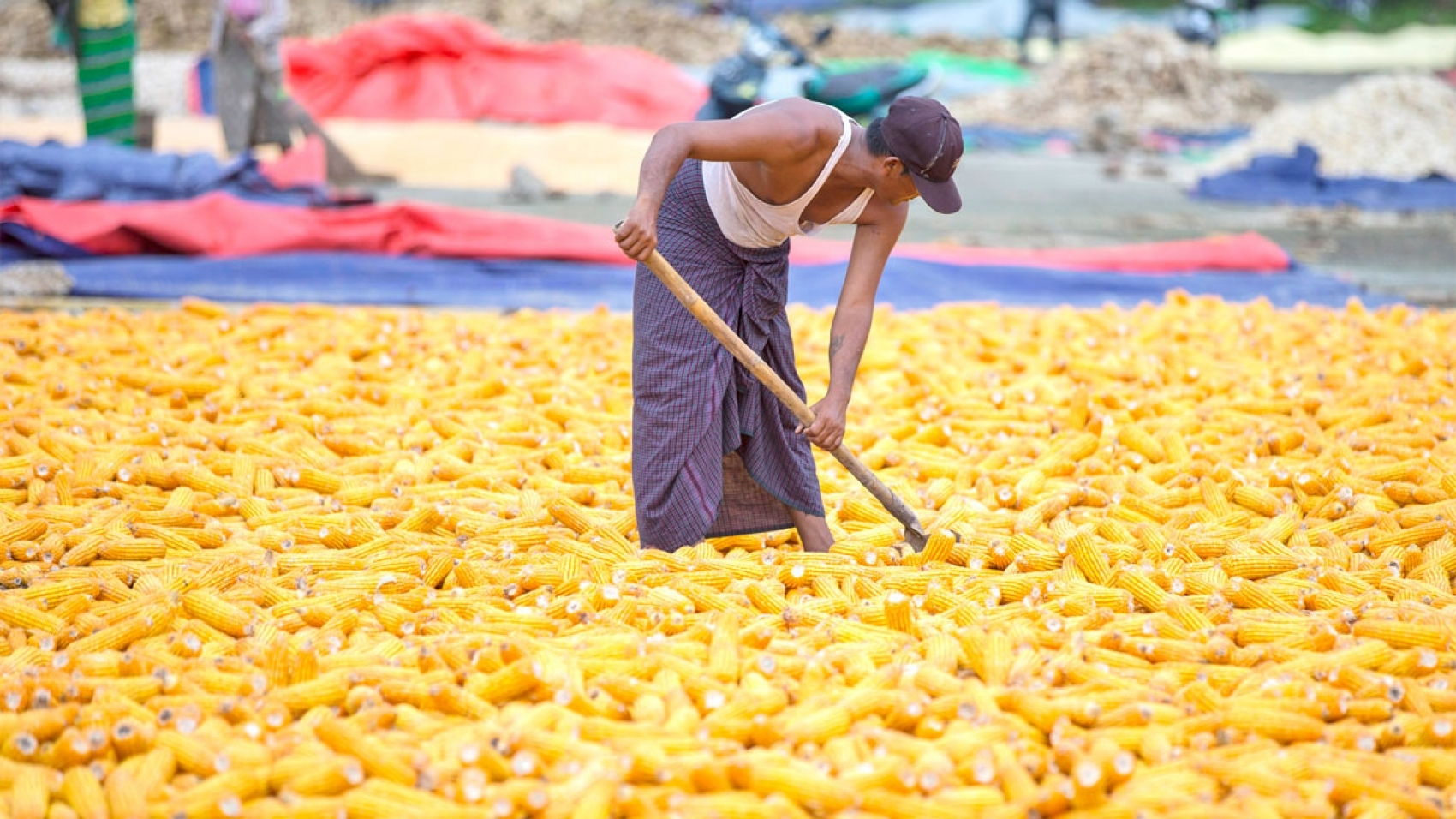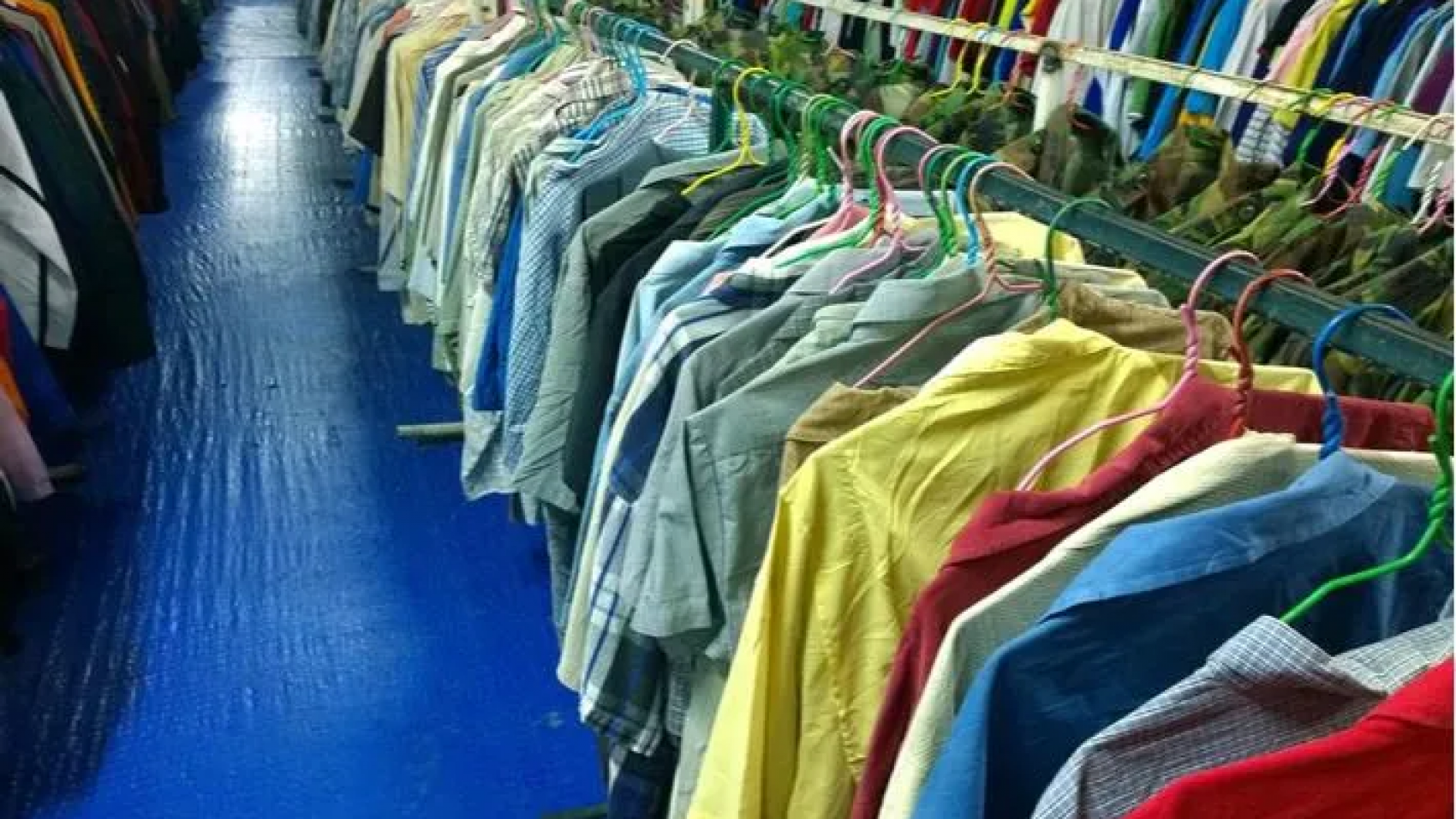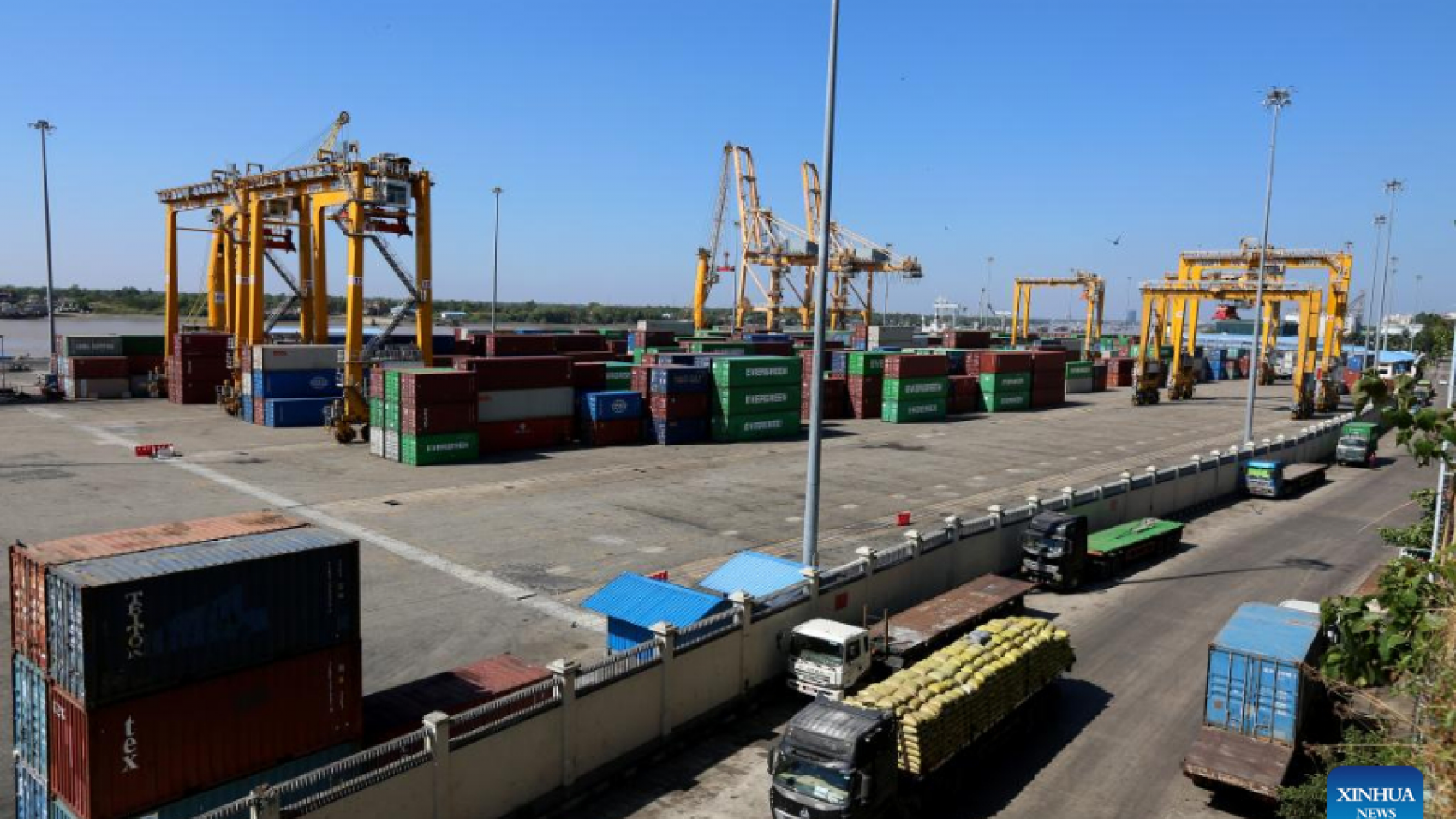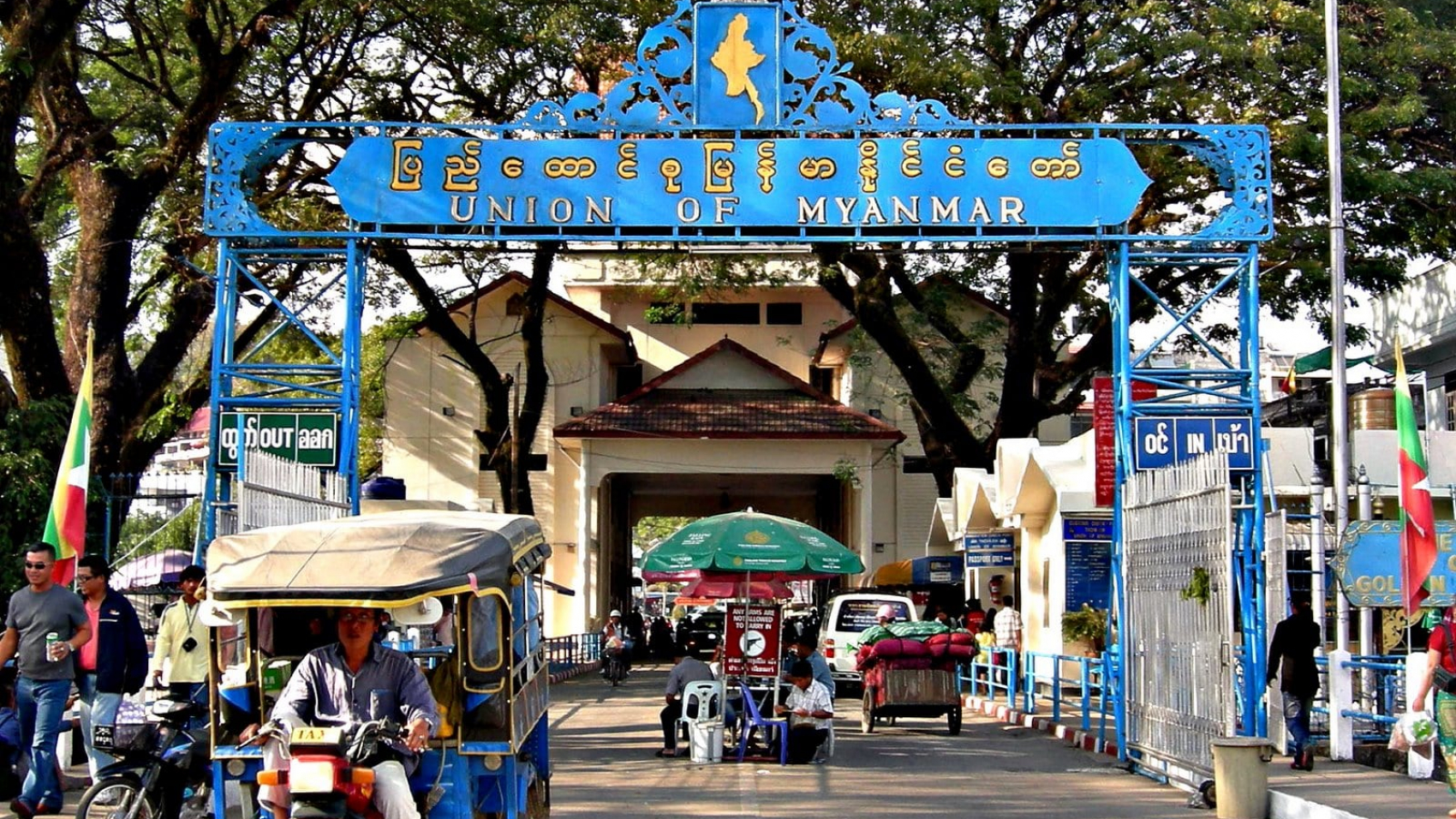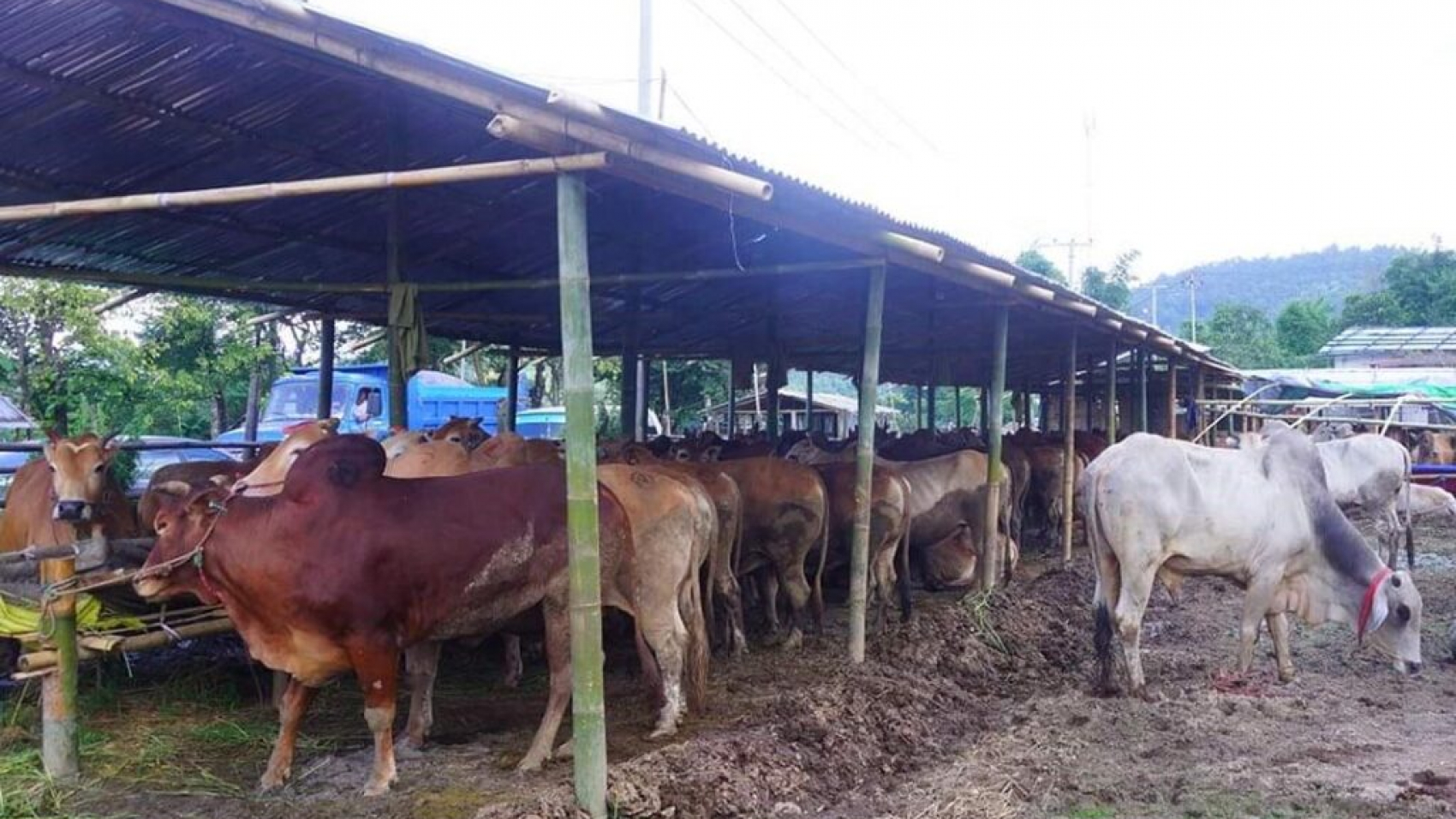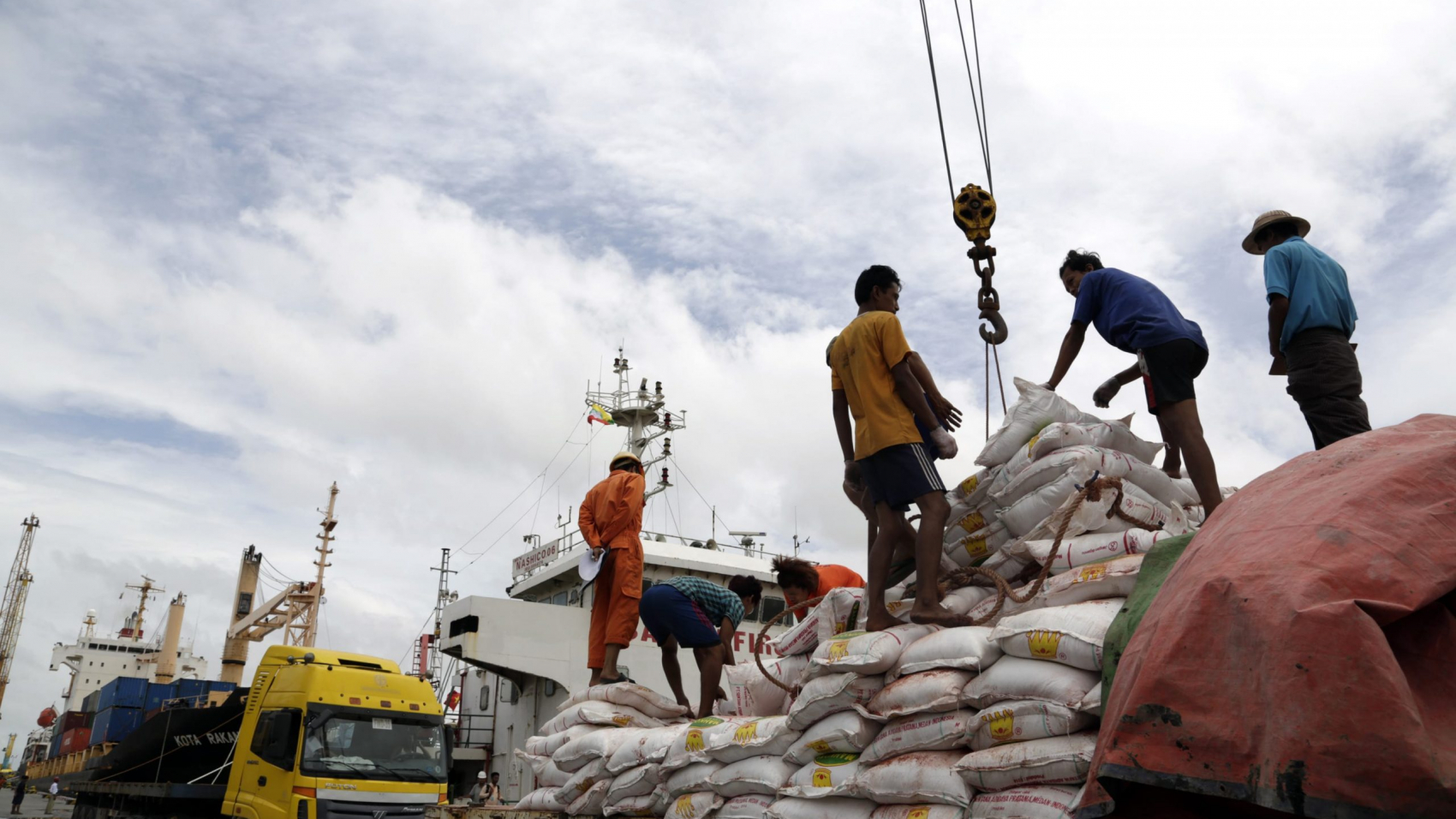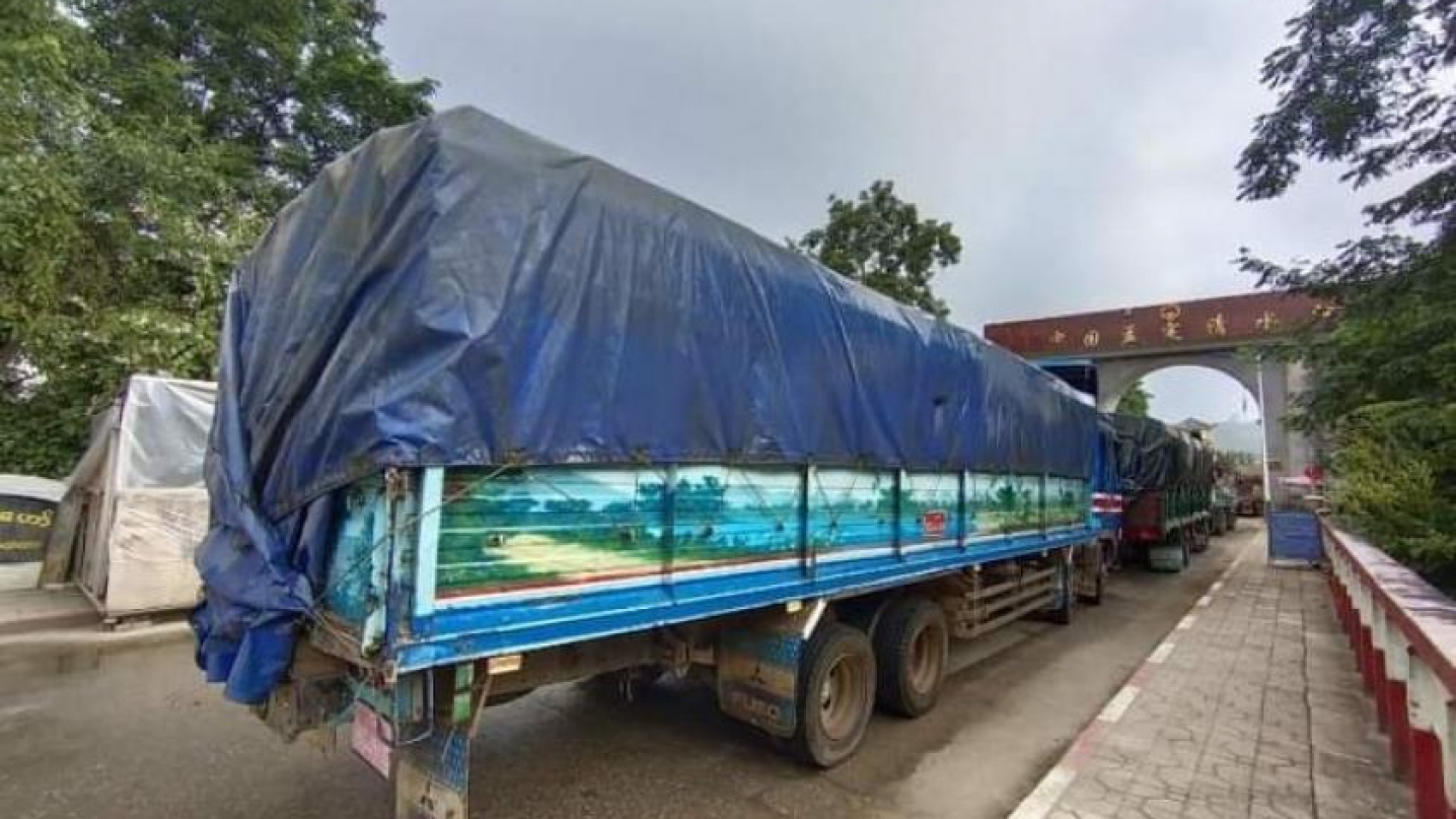The Myanmar Paddy Producers Association will reportedly strive for the farmers to get seeds and fertilizers at a reasonable rate. The association will contact the farmers to the importer companies so that they can buy the seeds and fertilizers at a cheaper rate than the prevailing market price in the monsoon season. Those enthusiastic buyers can directly contact the Myanmar Paddy Producers Association or through the region and state association branches within two days starting from 21 June. Only an immediate payment method is accepted for now.
The prices of seeds stand at K11,500 per basket of Sinthuka seed and Byautthuka seed, K12,000 for Pakan paddy seed, K6,000 per 1 kg-bag of New Aya seed, K23,000 per 21 kg-bag of Aya Min seeds, K18,000 per 21 kg-bag of Sinthuka seed and K19,000 per 21 kg-bag of Hnankauktun. Urea fertilizer is imported from Indonesia and Iran and it is priced at K83,500 per bag. Those interested can buy them through the contact number of UMFCCI (01 2314841, 09 5029755, 09 401326717, 09 799293818) and email: mppa. org.mm@gmail.com.
On 16 June, the Urea Fertilizer Purchase and Distribution Committee also sold about 75,000 tonnes of urea fertilizer at a fair rate. Those fertilizers are imported with the foreign currency that was sold by the Central Bank of Myanmar. This scheme started on 11 June and urea fertilizers were distributed to the 291 retail shops in 136 townships across 11 regions and states, with an immediate payment service. However, the prices differ in regions and states after adding the transport charges.
The prices of urea fertilizer per 50- kg bag were K86,000 in Yangon warehouse, K87,800 in Bago city, K88,600 in Pyay, K88,600 in Mandalay Region, K89,000 in Magway Region, K89,100 in Salin/ Pwintbyu area, K88,800 in Thaton and Mawlamyine cities, K89,500 in Monywa, K89,800 in YeU and Shwebo areas in Sagaing Region, K88,000 in Thongwa, K86,500 in Htantabin, Yangon Region, K92,600 in Sittway and K99,400 in Maungtaw, Rakhine State, K88,800 in Hpa-an and K89,300 in Hlaingbwe, Kayin State, K88,200 in Pathein and K88,100 in Hinthada, Ayeyawady Region, K96,000 in Kengtung and K100,800 in Mongton in the eastern Shan State, K92,000 in Lashio and K90,100 in Kyaukme in the northern Shan State and K89,500 in Taunggyi, K88,800 in Kalaw and K92,000 in Mongpan in the southern Shan State.
The farmers can take out purchase certificates free of charge from the agriculture management team in the respective village-tract. They can buy the urea fertilizer at the reference rate issued by the committee at the respective shops in each township. If they find it hard to buy them at the reference rate at the respective shops or they face any difficulty in purchasing them, they can contact the Ministry of Cooperatives and Rural Development via 067 410035, the Cooperative Department via 067 410040 and the Rural Development Department via 067 418621 and township-level Urea Fertilizer Purchase and Distribution Committees in the regions and states. The committee, in cooperation with a consortium comprising fertilizer, seeds and mineral nutrient businesspersons and member companies and Myanmar Rice Federation, is providing service for the farmers to buy the quality urea fertilizer at a cheaper price than the current market price.
Source: The Global New Light of Myanmar


